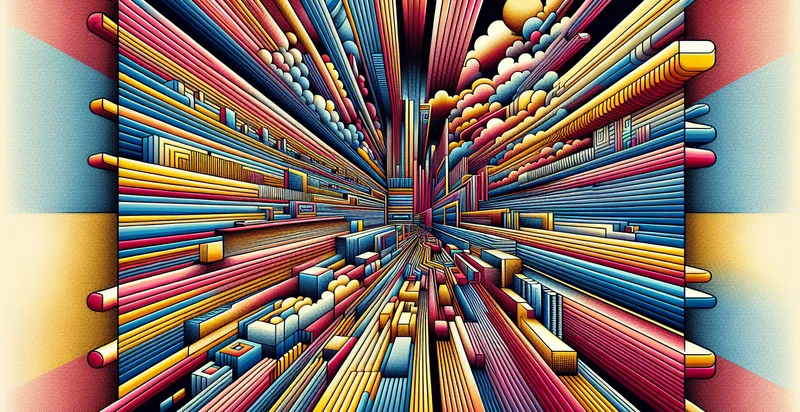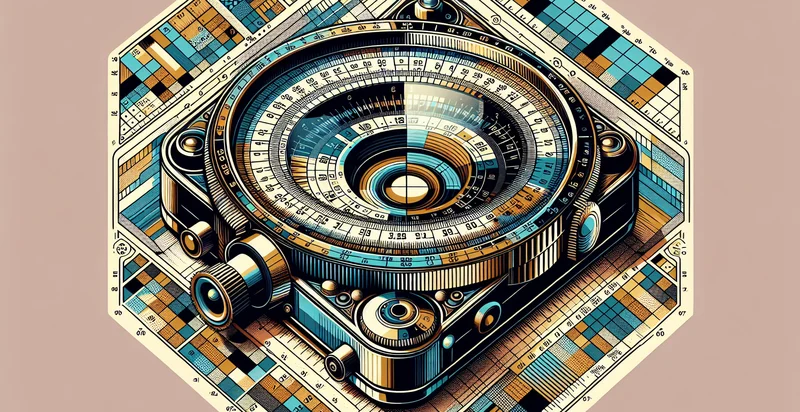Identify depth perception
using AI
Below is a free classifier to identify depth perception. Just input your text, and our AI will predict how well an object is perceived at different distances - in just seconds.

Contact us for API access
Or, use Nyckel to build highly-accurate custom classifiers in just minutes. No PhD required.
Get started
import nyckel
credentials = nyckel.Credentials("YOUR_CLIENT_ID", "YOUR_CLIENT_SECRET")
nyckel.invoke("depth-perception", "your_text_here", credentials)
fetch('https://www.nyckel.com/v1/functions/depth-perception/invoke', {
method: 'POST',
headers: {
'Authorization': 'Bearer ' + 'YOUR_BEARER_TOKEN',
'Content-Type': 'application/json',
},
body: JSON.stringify(
{"data": "your_text_here"}
)
})
.then(response => response.json())
.then(data => console.log(data));
curl -X POST \
-H "Content-Type: application/json" \
-H "Authorization: Bearer YOUR_BEARER_TOKEN" \
-d '{"data": "your_text_here"}' \
https://www.nyckel.com/v1/functions/depth-perception/invoke
How this classifier works
To start, input the text that you'd like analyzed. Our AI tool will then predict how well an object is perceived at different distances.
This pretrained text model uses a Nyckel-created dataset and has 5 labels, including Absent, Mildly Impaired, Moderately Impaired, Normal and Severely Impaired.
We'll also show a confidence score (the higher the number, the more confident the AI model is around how well an object is perceived at different distances).
Whether you're just curious or building depth perception detection into your application, we hope our classifier proves helpful.
Related Classifiers
Need to identify depth perception at scale?
Get API or Zapier access to this classifier for free. It's perfect for:
- Virtual Reality Enhancement: In VR environments, accurate depth perception is crucial for creating immersive experiences. Implementing a depth perception identifier can help adjust the rendered graphics based on user input and movements, ensuring that virtual objects appear at the correct distances.
- Robotic Vision Systems: Autonomous robots depend on depth perception to navigate and interact with their surroundings. Utilizing a depth perception identifier can enhance obstacle detection and avoidance strategies, allowing robots to operate safely in dynamic environments.
- Augmented Reality Applications: In augmented reality (AR), overlaying digital content onto the real world requires precise depth cues. A depth perception identifier can help ensure that virtual objects interact accurately with real-world elements, improving the user experience.
- Automated Quality Inspection in Manufacturing: Depth perception is key in automated inspection systems that assess the quality of products on an assembly line. By identifying depth differences, these systems can detect defects in 3D objects and improve quality control processes.
- Self-Driving Vehicle Navigation: Depth perception is foundational for understanding the environment in which self-driving vehicles operate. By integrating a depth perception identifier, vehicles can better interpret distances to surrounding objects, enhancing safety and navigation accuracy.
- Gaming User Experience Optimization: Video games often rely on depth cues to create realistic environments. A depth perception identifier can analyze player interactions and adjust levels of detail dynamically, leading to an optimized gaming experience with improved visual fidelity.
- Medical Imaging Analysis: In fields like radiology, depth perception is critical for interpreting 3D medical images. Implementing a depth perception identifier can assist healthcare professionals in better analyzing scans and diagnoses, improving patient outcomes through more accurate assessments.


